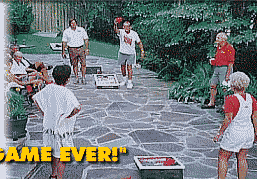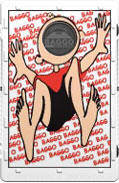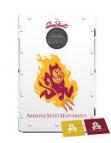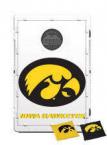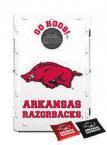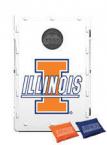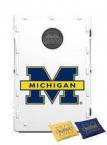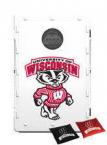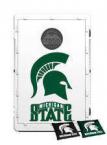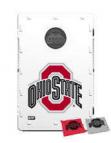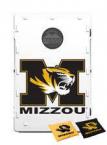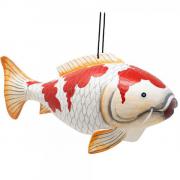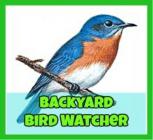 |
Need an easy to install
Please include phone number with Pay Pal orders if possible, thank you.
bird feeder pole system?
NO DIGGING NECESSARY!
NO DIGGING NECESSARY!
FREE SHIPPING OVER $79.99 subtotal.
Mother's Day May 11, 2025
Orioles and Hummingbirds arriving Soon!
Shop our unique selection of nature gifts!
Unique-Birdhouses, Bird Feeders, Nature Gifts, Jewelry
Support Small Business
Bird Watching-A Great Alternative to Current Events
Please include phone number with Pay Pal orders if possible, thank you.
